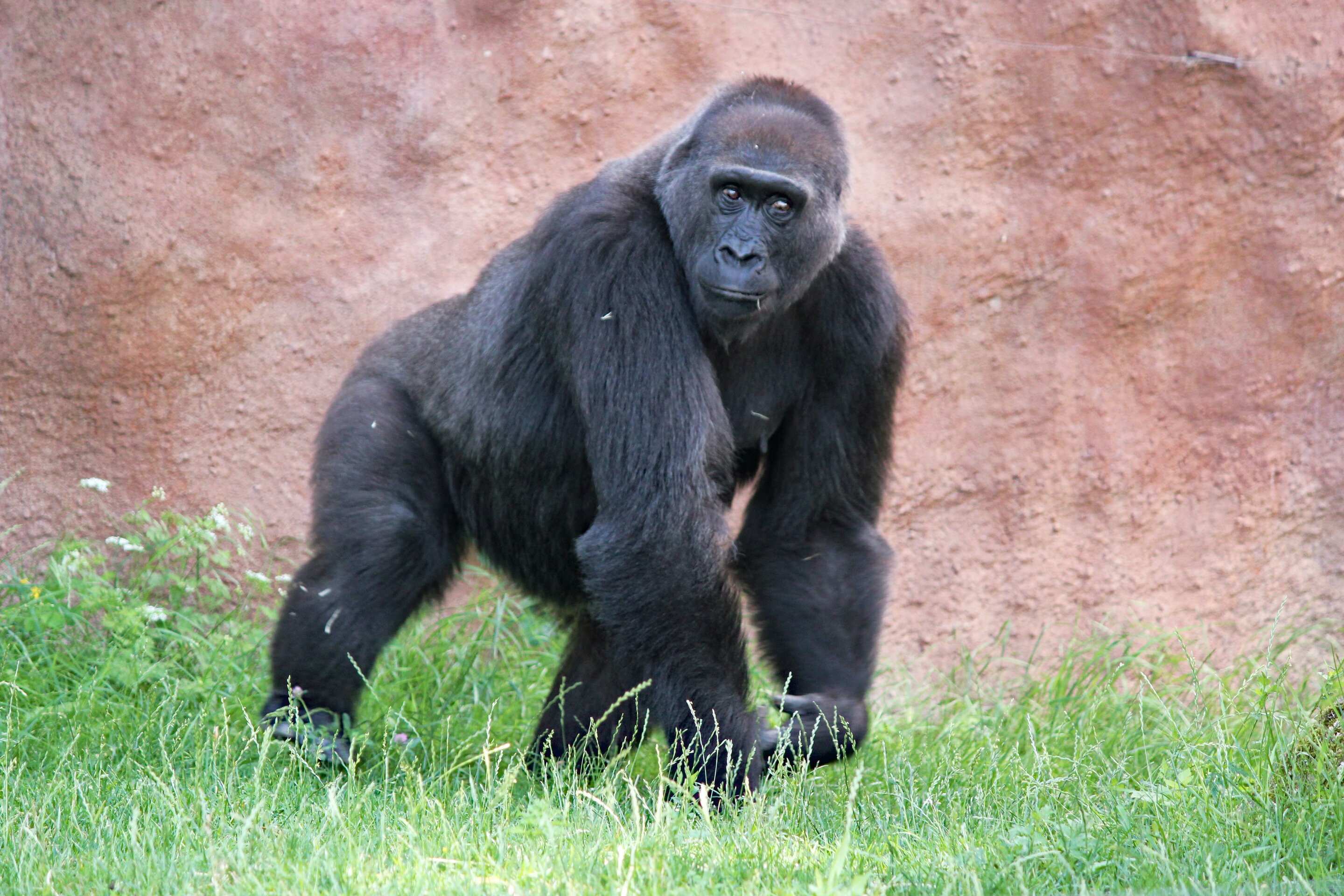- Fed rate cuts should favor preferred stocks, Virtus money manager says
- Unique IDs for individual (digital) specimens from natural history museums streamline and future-proof science
- The darker side of human rights for great apes
- Field notes: Life in the Eldorado National Forest after wildfire strikes
- Study of global primate populations reveals predictors of extinction risk
What do you believe is the single most important factor driving up the cost of living in Nigeria?

Study of global primate populations reveals predictors of extinction risk
An international team of biologists, planetary scientists and conservationists has conducted a large-scale study of non-human primate populations around the world to gauge their risk of extinction due to climate change.
In their paper published in the journal Proceedings of the Royal Society B: Biological Sciences, the group describes how they collected and analyzed data from the four major regions that serve as home to primates. They then combined what they found with primate characteristics to develop a means for calculating their extinction risk as the environment in which they are living changes in the years ahead.
Prior research has shown that as the planet grows warmer, different parts of the Earth will experience different changes—some will see more rain, others less, resulting in changes to vegetation and the animals that rely on such sources of food to survive. In this new study, the research team linked changes to the places where primates live with their ability to survive.
In all, the research team obtained and analyzed data for 22,705 places where primates live, from Madagascar, to Asia, Africa, and South and Central America and also the Caribbean.
As part of their analysis, the researchers attempted to estimate changes in rainfall amounts and vegetation and determine how quickly conditions might change. They also looked at attributes of the primates, such as their body size, their range, whether they slept in the day or at night, their predators, and their evolutionary distinctiveness.

- October 4, 2024
DLAID donates educational materials to basic school children

- October 5, 2024
Phage cocktail shows promise against drug-resistant bacteria

- October 5, 2024
Meta's Movie Gen lets users animate photos into videos




- October 5, 2024
The darker side of human rights for great apes


- October 5, 2024
Antarctic 'greening' at dramatic rate, satellite data show

- October 4, 2024
Government presents new vehicles to four Colleges of Education
Subscribe to our mailing list to get the new updates!

Subscribe our newsletter to stay updated
Thank you for subscribing!




